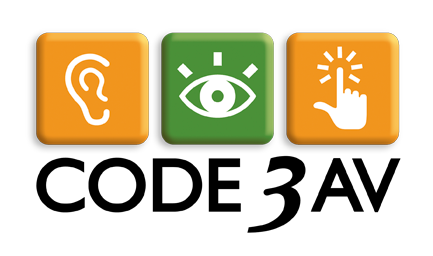
Spiceland, IN 47385
United States
Draper, Inc.
Model: Targa XL

Oct. 14, 2020 - As the world moves to a more touch free office environment, automation will become an even more important part of commercial and office space design. That goes for shades as well as other building systems.
Draper Architectural Market Specialist Jessi Wright and Director of Business Development for Automation and Motorization Tyson McDonald joined host Tyler Kern on this episode of Engineering Value to outline how those benefits can be put into place in any given environment.
The added value of roller shades can be measured in different ways depending on what group of people you ask. From end users looking for increased comfort within their work space, to a designer’s desire for constancy in the overall appearance of a building, or an owner hoping to benefit from the cost savings of the overall productivity of their employees, automated roller shades address a variety of need. This podcast touches on how adding automation to roller shades increases value to a project a project in several different ways.
"The roller shade aspect of it is really to try to make a work environment as comfortable as possible," McDonald said. "The ideal situation is that you don’t even really notice the roller shades are there. They just do their job and make it more comfortable. … That’s what our goal and aim is with the automated roller shades."
Automating shading also has benefits in building design, Wright said. It removes the human element, which can make finalizing a design that works both functionally and aesthetically difficult.
"A lot of times, if you’re viewing the building from the street side, you can see manual shades that have been half-raised at different levels," she said. "It really messes with those clean lines that you’ve designed into your building. [Automation] makes sure that your design intent is achieved without putting that burden on occupants."
Automation used to be pricey, often more than the cost of shades themselves, but that is no longer true. In addition, the extra cost of adding automation is even less once a system is already going to be motorized.
The trio also discuss developments in the world of automated roller shades, recent changes in market trends, and what role we may see automated shades play in work spaces as the design world starts to incorporate changes due to onset of Covid-19.
To learn more, click here to listen to or download this episode of Engineering Value.
https://blog.draperinc.com/?post_type=podcast&p=10834
By Terry Coffey

